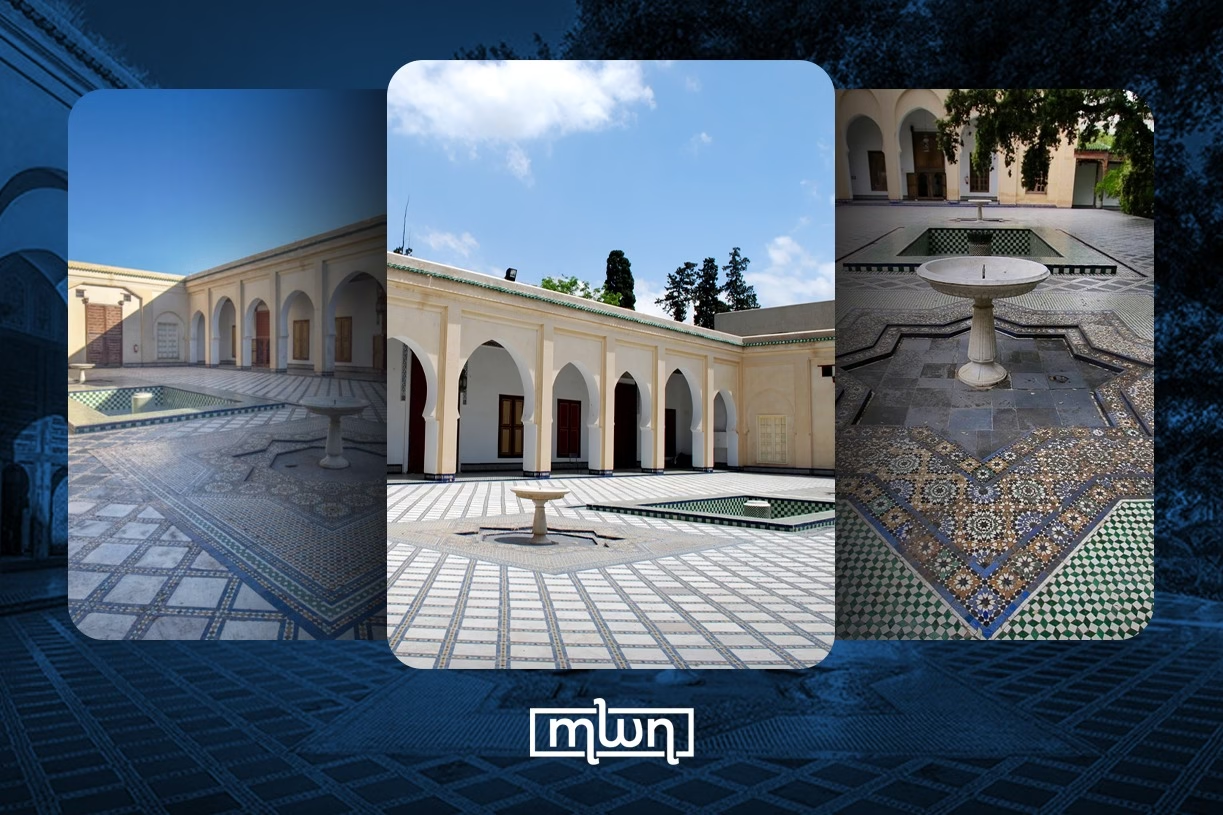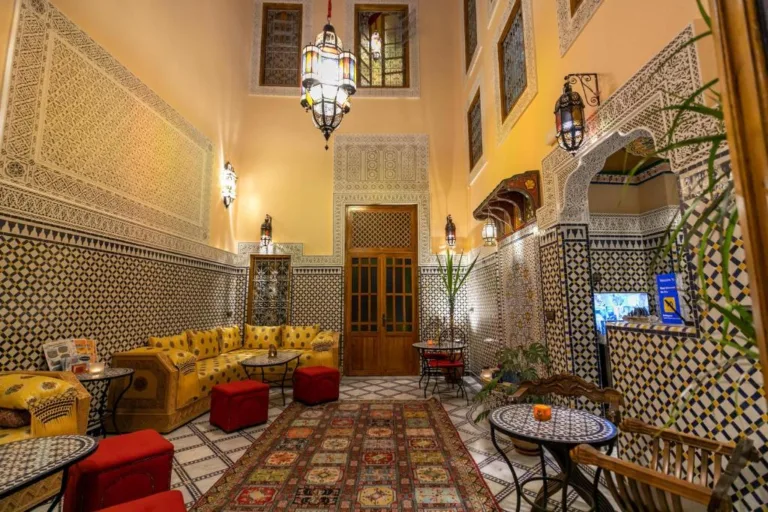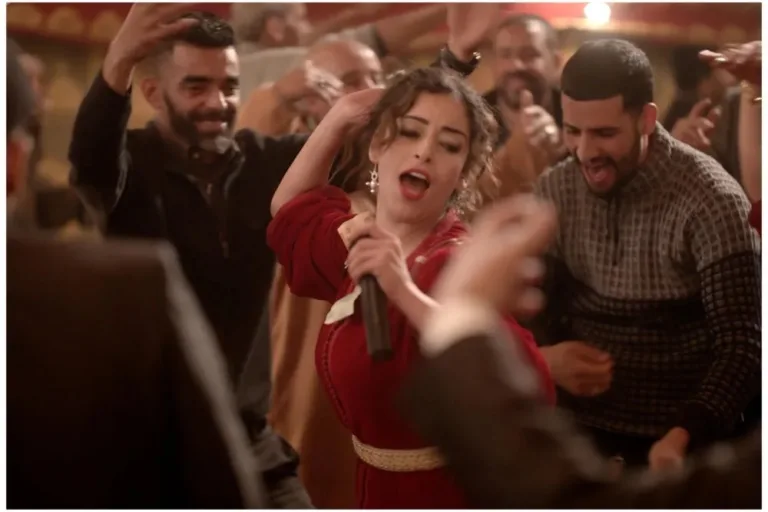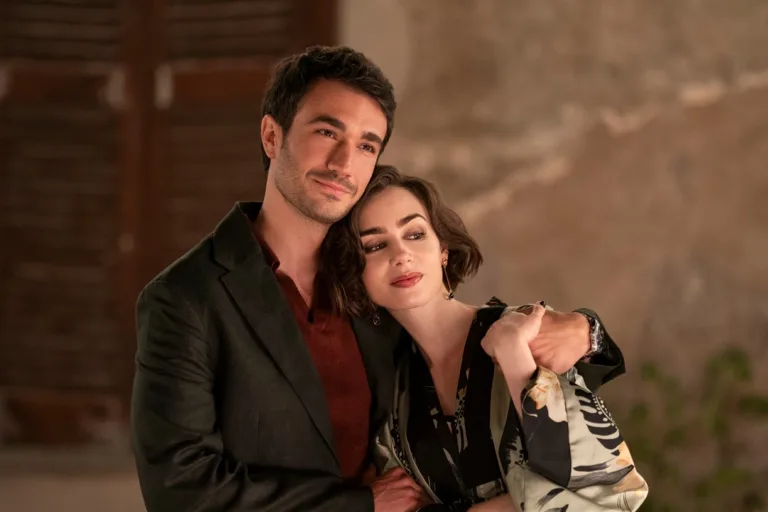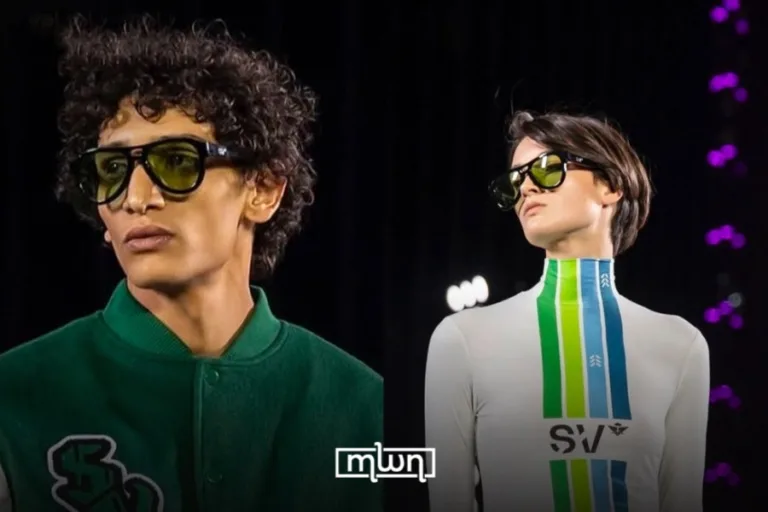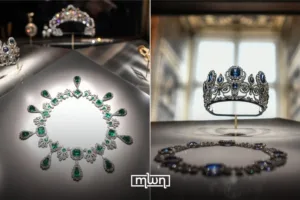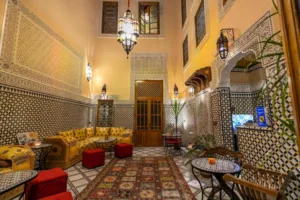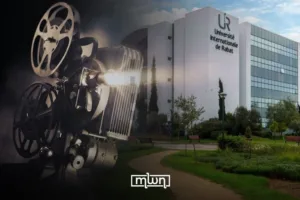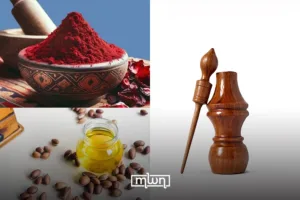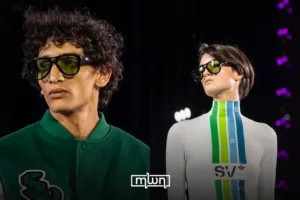Fez – There’s a new energy humming through the heart of Fez, and it’s coming from the freshly reopened Al Batha Museum of Islamic Arts.
After four years of meticulous restoration, this architectural and cultural gem is welcoming a wave of enthusiastic visitors, from curious locals to international travelers, all eager to step into Morocco’s vast and layered history.
The museum officially reopened in February 2025 as part of a broader royal initiative to breathe new life into the old medina of Fez.
The goal was to restore the soul of the city without erasing its scars. And Al Batha delivers exactly that.
Nestled in a former 19th-century palace, the museum now houses a sweeping and thoughtfully curated collection that tells Morocco’s story, dynasty by dynasty, artifact by artifact.
What sets this space apart is its ability to connect the dots of Moroccan civilization in both chronological and thematic ways.
From pre-Islamic artifacts to Andalusian manuscripts and rare Islamic calligraphy, visitors aren’t just browsing through static relics; they’re moving through time.
Highlights include a rare minbar (pulpit) from the Al-Andalus Mosque, ancient Quranic scrolls, and exquisite examples of Moroccan craftsmanship in wood, zellij, and metal.
The museum’s collection doesn’t just look pretty, it teaches. Visitors get to trace the evolution of Arabic script, learn about the spread of Islam in North Africa, and understand Morocco’s unique role in bridging African, Arab, and Mediterranean worlds.
In a sense, each artifact constitutes a conversation starter about identity, tolerance, trade, scholarship, and the formation of a unified kingdom under the Alaouite dynasty.
Beyond the national narrative, Al Batha also celebrates the local. Fez, long hailed as Morocco’s intellectual and spiritual capital, gets a dedicated spotlight.
A special wing honors the city’s contributions to Moroccan heritage, from its universities and libraries to its bustling artisanal traditions.
Fez is a living testament to Morocco’s cultural depth
It’s a reminder that Fez was not just a stage for Moroccan history, it was one of its indispensable authors.
The museum has already drawn more than 10,000 visitors since reopening, and the reactions have been overwhelmingly enthusiastic.
Families, students, tourists, and members of the Moroccan diaspora are rediscovering Fez with fresh eyes. And it’s not just the exhibits doing the talking, everything from the restored zellij fountains to the lush Andalusian garden invites reflection and wonder.
The redesign didn’t cut corners. Under the supervision of the National Foundation of Museums, the restoration preserved every intricate detail, from hand-carved plaster and cedar wood ceilings to carefully retiled mosaics, while adapting the space to modern museum standards.
There’s a thoughtful use of visual aids: maps, timelines, and illustrations that help even first-time visitors make sense of centuries of cultural convergence.
This is more than a museum; it’s a manifesto, a living testament to Morocco’s cultural wealth, religious pluralism, and historical continuity.
In an era of rushed timelines and cultural amnesia, Al Batha invites us to slow down and remember.
Fez has always been a city that tells its secrets to those who know how to listen.
With the new Al Batha Museum, those whispers have turned into a clear and compelling narrative, one that Morocco is ready to share with the world.
And if you haven’t visited yet, consider this your sign. The past has never felt more alive.
Read also: The Forgotten Military Legacy Behind Bab El Makina in Fez

